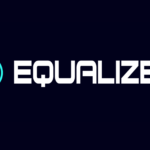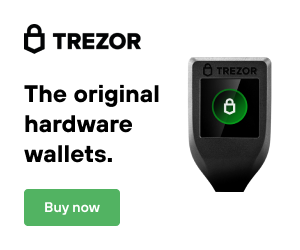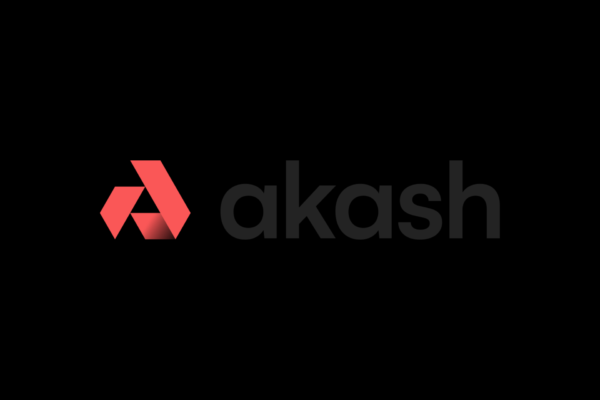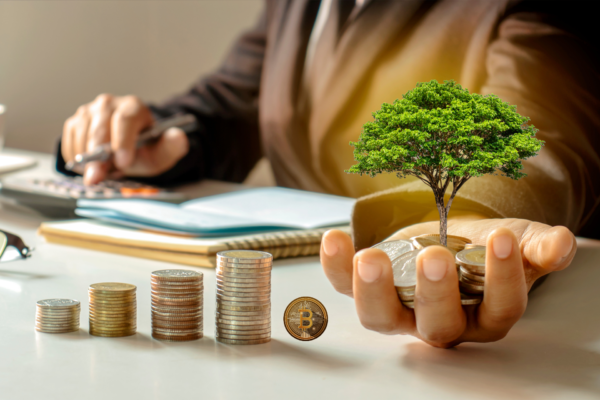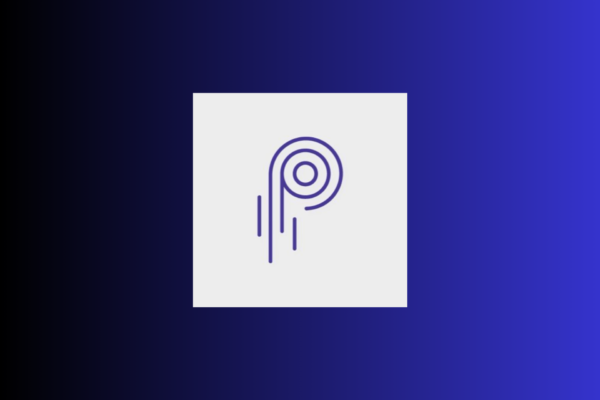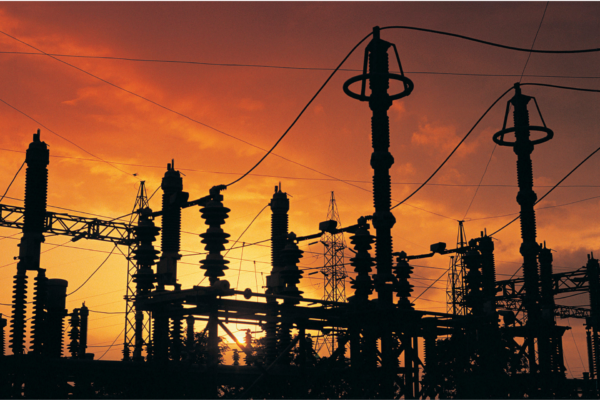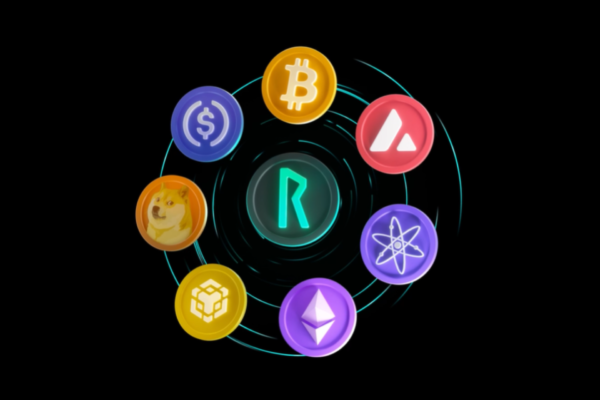This article follows up on our initial Optimism writing. In this article we review OP tokenomics along with other metrics to analyze the potential future value of the token.
Optimistic Fees
If you have landed directly on this page, make sure to check out our summary of optimism first [Optimism]. Now that you have some idea of how Optimism works, its easy to notice that rollups help save money by bundling transactions. By using the inherent and famous security that Ethereum is known for, Optimism bundles like transactions so that a fee is not required for each transaction individually. The savings are enormous, imagine a high gas fee environment during a popular NFT drop. Let’s say the network is congested and you want to push your buy through for fear of losing out on the drop. This transaction might be 400-1000$ of gas fees, but let’s say Optimism bundles these buys in groups of 20, the savings would be enormous (only 20-50$ gas instead).
On larger volume smart contracts, the fees would be far less than the above example. Optimism has two sections for its fee structure.
-Rollup Cost- Instead of paying for an entire transaction on Ethereum, Optimism has a rollup cost for a portion of the transaction. This fee is a combination of the input fees for a transaction + a fixed cost to add the transaction to the bundled group [1]. Optimism also has a mechanism that buffers against rapid price increases for Ethereum gas fees.
-Execution Cost- Optimism gas fees use the same amount of gas as an equal transaction would on Ethereum, however Optimism has a standard gas cost of only .001 gwei. This fee only makes up about .04% of the average total transaction [1].
Simple transfers on Optimism are currently about 5x cheaper than Ethereum, however more complex transactions can boast a savings of over 200x Ethereum’s cost. Optimism is always working on creative ways to reduce the cost of gas to make the network even cheaper to use, in February they were able to reduce the total cost of average transactions by an additional 30%.

OP Economics
Remember, you are not investing in Optimism when you purchase the token, you are investing in the OP token itself. A network can be the strongest, and more secure, well-used invention of all time, but if its tokenomics are not well thought out, investors will end up losing value. Optimism reserves about 40% for rewards throughout its token release schedule. Another 25% for the ecosystem fund which will stimulate the future growth of the network. The other 36% is left for the core contributors and investors that made OP token launch possible. This allocation for investors is a bit high, however the large token holders will not have access to their tokens for 1 year with a steady release schedule topping of at 4 years afterwards.
Demand for OP blockspace is the driver for the OP economy. The right to this blockspace is the source of revenue that is projected to spark the growth of the ecosystem. With this model, stakeholders will be able to sell the right to participate in the sequencing network itself. OP has a governance system that has key knowledgeable citizens of the network as the voters for the fund itself. This prevents large whale manipulation that was seen for the UNI token. They do not forget the standard governance model for average OP holders by allowing them skin in the game for some voting power, reserving the treasury allocations for the gated governance participants.
Optimism has growing numbers of transacting addresses each month, alongside a growing number of contracts deployed. The total-value-locked not including OP token is almost 600 million during a bear market. Optimism has an average of 75x cheaper gas fees than Ethereum this month. Optimistic rollups are slated to dominate the layer-2 market until full zk-rollups can make it to market, this could take up to 5 years.
OP Shortfalls Today
The biggest shortfalls currently for OP token involve the lack of a clear roadmap. OP token sitting as just a governance token eliminates any possible guess of where the price action would go. The token needs utility, it needs a burning mechanism, it needs to be integrated and interwoven into the entire ecosystem that Optimism is building. OP has a pretty aggressive release schedule and has a lot of inflation in terms of rewards coming this year. Inflation during a bear market is not a good thing for price action. Check out this article about inflationary tokens during a bear market [inflation] for more information. I was not able to find any clear data on what exactly the OP token will offer to investors other than hype at this time.
OP does have a rather large allocation left for the initial investors and stakeholders. VC firms, investors and fund raises are necessary to jumpstart an ecosystem. However, OP token holders will likely dump their tokens if they got a great entry price during the seed/private rounds. At this point it appears that we need more information.
Optimism is surely doing a great job at attracting developers, new wallets, transaction volume and more. Only time will tell if the developers will integrate sound money economics to the token, like Ethereum has over time. I am bullish on the right to sell OP blockspace in the future using that as an active investment for developers and users. Currently OP only scores a 5/10 and that is simply because it is associated with Ethereum. We just need some more time to see how OP will strategize during the bear, governance is not enough. Thank you for reading, none of this is financial advice, stay safe out there!

